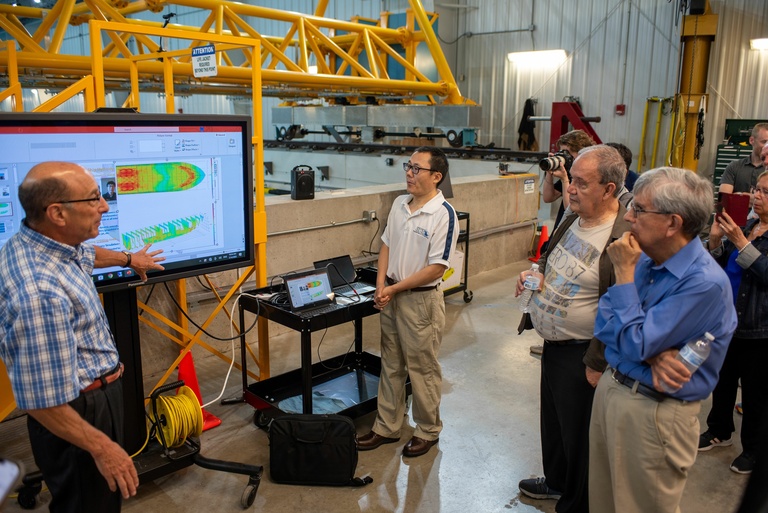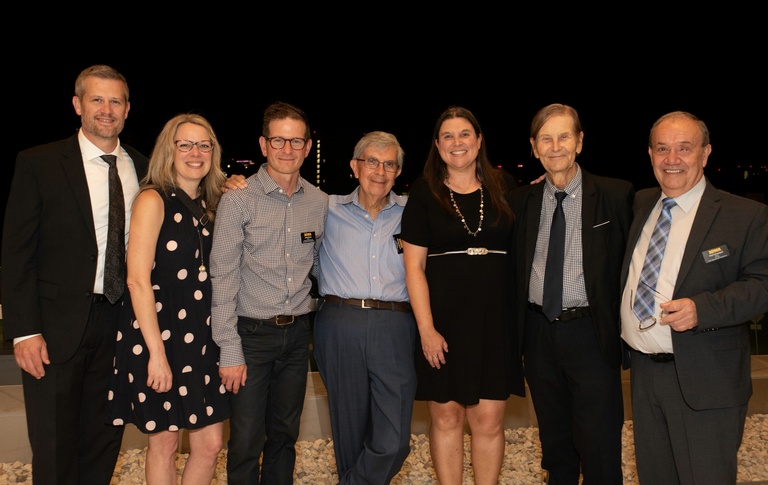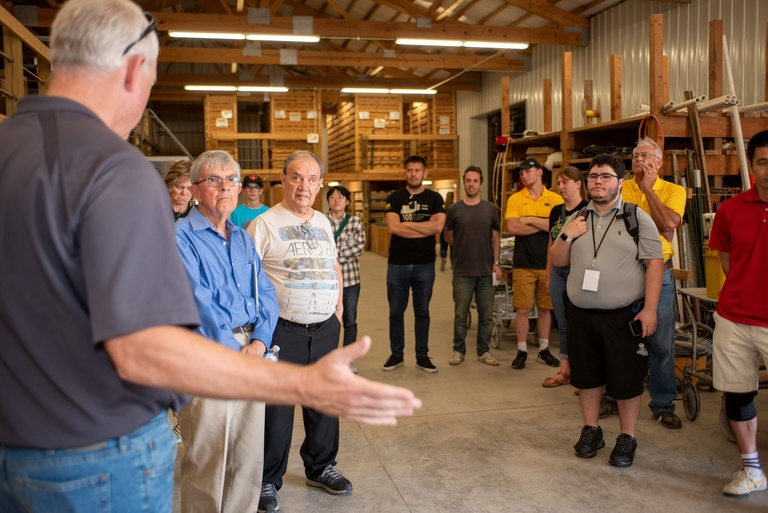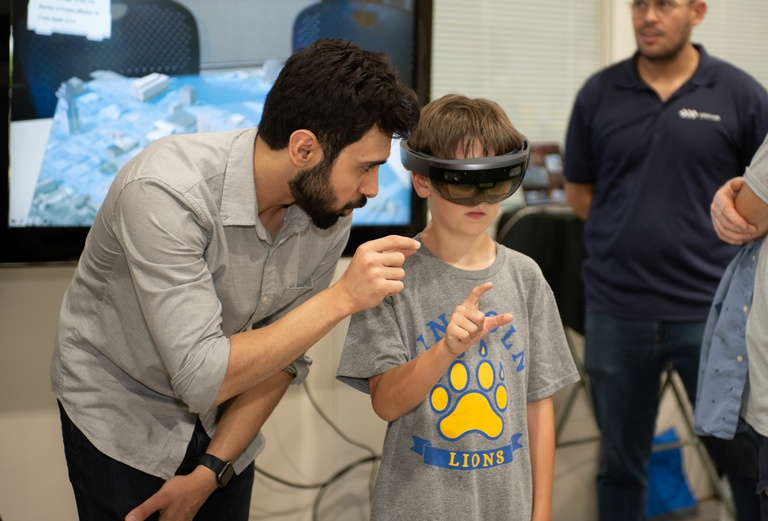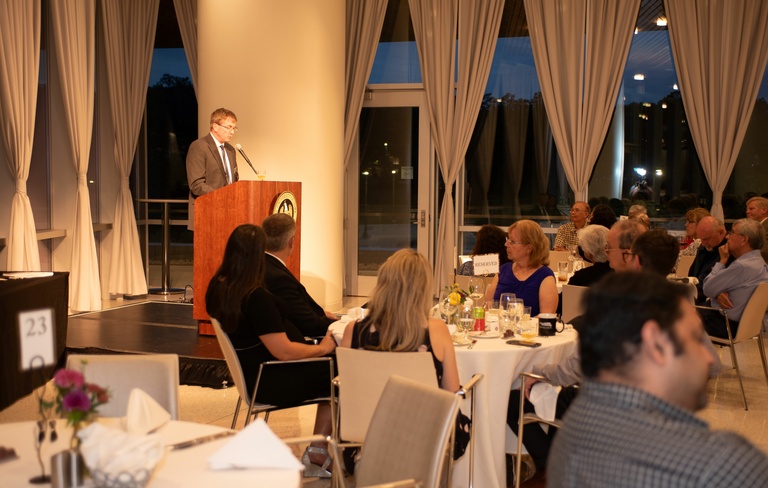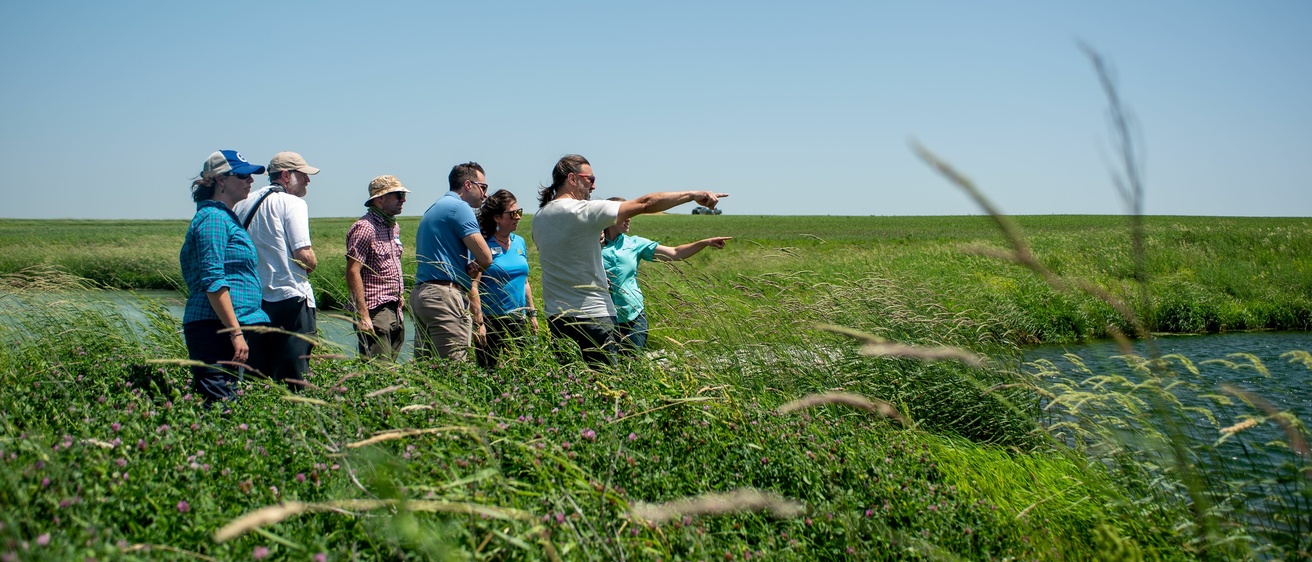IIHR—Hydroscience and Engineering is a world-renowned center for education, research, and public service focusing on fluids. Based in the C. Maxwell Stanley Hydraulics Laboratory, a five-story red brick building on the banks of the Iowa River, IIHR is a unit of the University of Iowa’s College of Engineering. At IIHR, students, faculty members, and research engineers work together to understand and manage one of the world’s greatest resources—water. Students from around the world benefit from IIHR’s comprehensive multidisciplinary approach, which includes laboratory experimentation, computational approaches, and observational field research.

For decades, IIHR has scored off the charts in the Working at Iowa survey. On many occasions, UI administrators came to me asking, 'What is in the water at IIHR that makes it such a special place to work?'
The approach has always been simple and remained the same: it is a firm belief that the institution is ahead of the individual – it is working with a common purpose and understanding, and it is mutual respect, trust, and love for one another...
People, not structures, make a great university.
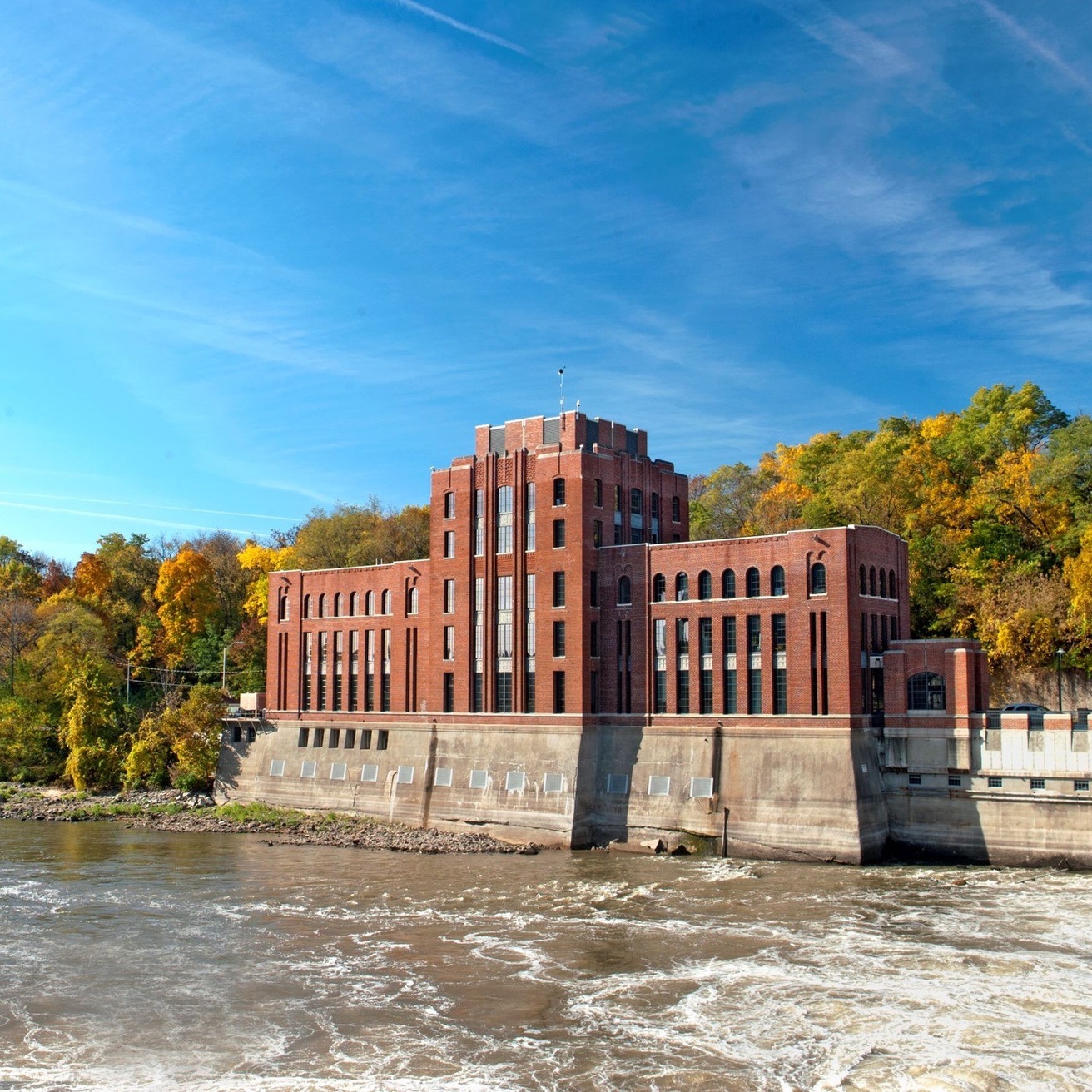
Location
The C. Maxwell Stanley Hydraulics Laboratory (SHL) is IIHR’s flagship building and its intellectual and administrative hub. It is one of 10 facilities that together comprise 120,000 square feet of space for research, teaching, and support services, including large spaces for physical models, several hydraulic flumes, many experimental instruments and sensors, mechanical and electrical shops, and other specialized resources, including the IIHR Archives, which is home to many historic documents, images, and artifacts from the institute’s 100+ years of operation. SHL is located on South Riverside Drive in Iowa City, Iowa, set on the banks of the Iowa River on the University of Iowa’s beautiful 1,700-acre campus. Many IIHR researchers, staff members, visiting researchers, and students have offices in SHL.
IIHR maintains 10 facilities, several of which support the lab’s extensive physical modeling activities. Click the button below for a map and list of these facilities, with links to information about each.
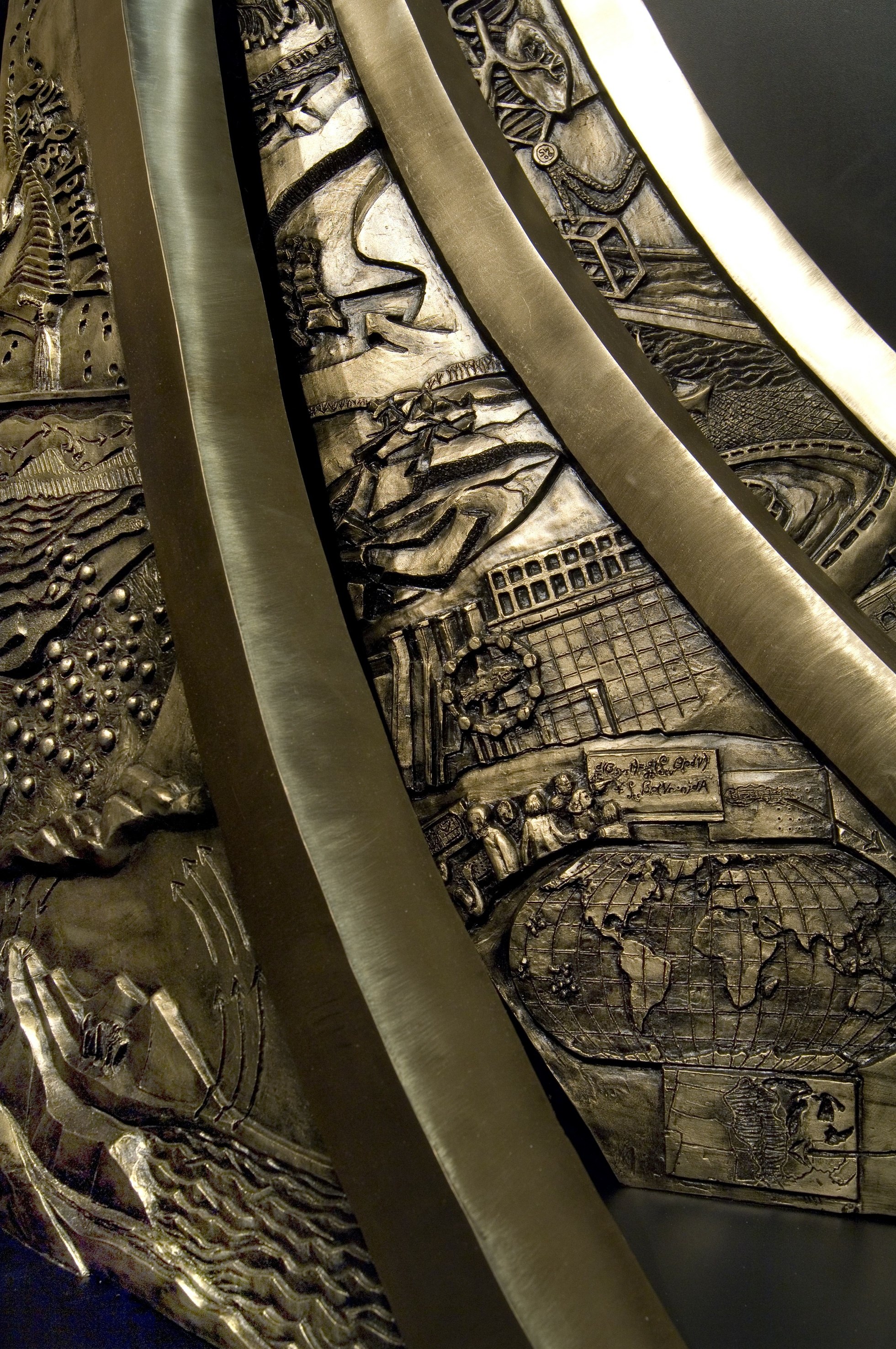
Free Flow
Free Flow by American sculptor and artist Shirley Wyrick represent the research and educational activities carried out at IIHR that span a broad spectrum of theoretical and applied inquiries into fluid processes and flow.
The river speaks to each of us by letting us hear ourselves, and by allowing us to reflect and to listen to that river of thought and feeling that flows deep within each of us.
